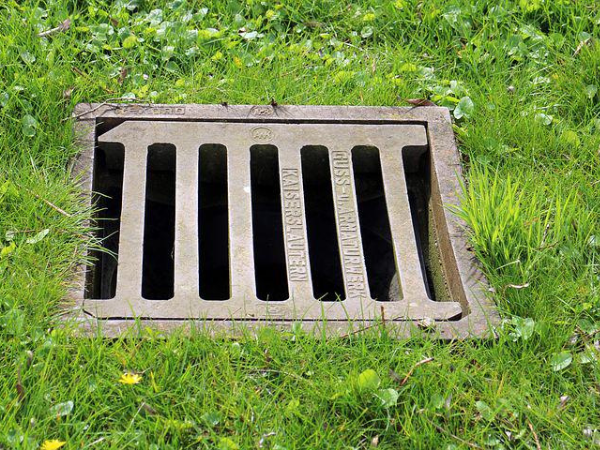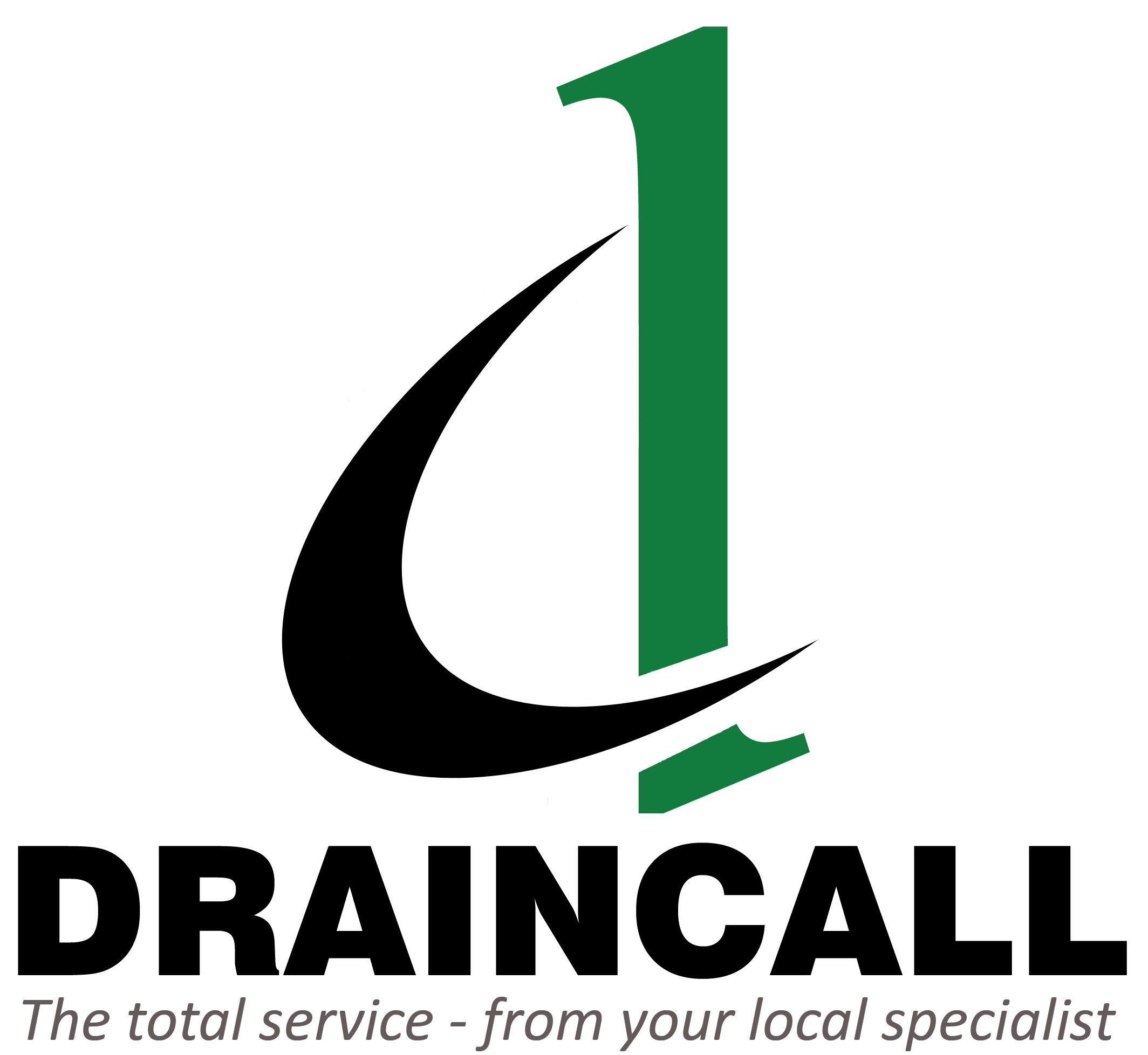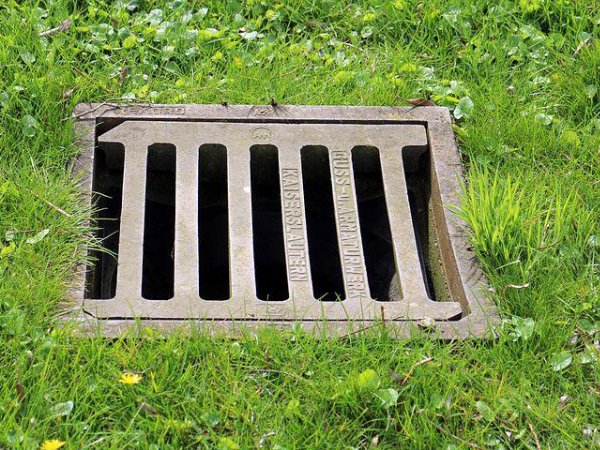What Is a Gully Drain and How Do You Maintain It?
A gully trap helps wastewater easily pass through, which prevent odours and rodents disrupting your drain network. They also ensure less flooding during heavy rain storms. Because of these things, it is absolutely pivotal you maintain it for effective functioning.
As such, this article will answer:
- What is a gully drain?
- What equipment is needed to maintain a gully drain?
- How do you clean a gully drain?

What Is a Gully Drain?
A gully drain, or gully trap, is an outdoor water drain specifically designed to facilitate the entry of surface wastewater from your outdoor area into your drainage network.
The gully connects to a pipe in your drainage system that prevents bad smells from polluting the air. As water flows down through the body of the gully and out through a higher outlet.
The type of wastewater allowed includes grey wastewater from your washing machine, sink, shower and dishwasher, and rainwater from your guttering. They also catch debris, which prevents it from entering the mainline system and causing blockages.
What Equipment Is Needed to Maintain a Gully Drain?
If you’ve noticed that your water gullies are draining slowly or overflowing, it’s likely due to blockages. Failure to address these issues promptly could lead to damage to your home.
A gully drain, also known as a gully trap, is an outdoor water drain specifically designed to facilitate the entry of surface wastewater from your outdoor area into your drainage network.
With this in mind, we have identified the common types of equipment used to clean and maintain your gully trap, including:
– Access to hot water
– Drain rod
– Flat head screwdriver
– Garden brush
– Gauntlet gloves
– Hosepipe and bucket
– Safety glasses
– Trowel
How Do You Clean a Gully Drain?
1. First, Preparation
Given the exposure to harmful bacteria and substances during gully trap cleaning, drain cleaning engineers should wear protective PPE.
This includes gauntlet gloves and eye protection to keep clear of splashes. In addition, they will tell you not to flush or use your appliances for the time being.
2. Clear the Outside
Typically, the opening of your gully will feature a plastic or metal grate to prevent blockages from dirt, leaves and twigs.
Over time, this debris can accumulate and harden, resulting in flooding and potentially smelly drains. Your cleaning engineer will clear the debris with their hands before accessing the main part of the gully to clean the rest of it.
After this, the gully cover will need to be removed using a screwdriver. Protective glasses are essential, especially since the stiffness of the cover can result in splashes of wastewater.
3. Check the Inside
Your drain engineer will use the trowel or their hands to clear any visible blockages inside the gully. In most cases, debris that has passed through the trap will block the gully. Once finished clearing the gully, give the taps in the kitchen a try to see if the water is draining smoothly.
4. Time to Use the Drain Rod
Drain rods consist of flexible segments that can be screwed together and inserted into a drain to effectively clear blockages. When water isn’t draining smoothly, it’s time to employ the use of drain rods.
Your engineer will initially start with a single drain rod to see if they can feel any blockages inside the gully. They may need to attach additional rods until the blockage is found.
After locating the obstruction, carefully prod the blockage to break it into smaller, more manageable pieces that can be easily flushed down the drain. Pushing too hard could move the issue further down the drain or damage the drainage system.
5. Rinse with Cool Water
Use the garden brush to clear the area around the gully of any debris. This minimises the risk of flushing anything down it while the cover is still off.
Once the area is clear, direct the hose down the gully for several minutes to flush the drain clear of any remaining blockages.
6. Flush with Hot Water
After rinsing the gully, your drain engineer will complete the process by filling a bucket with hot water and carefully pouring it into the gully. The hot water will help to dislodge any grease or fat that may have accumulated inside the drainage system.
7. Reseal After Testing the Flowage
The final step will be to test whether the drain gully is free from all blockages. This is done by running your taps for several minutes while monitoring the gully. If it’s running smoothly, the engineer will put the cover back and let you know the job is done.
Drain Unblocking with DrainCall
Always reach out to a trained and experienced drain cleaning engineer when you have blocked drains. For efficient service, you can always count on the professionals here at DrainCall.

